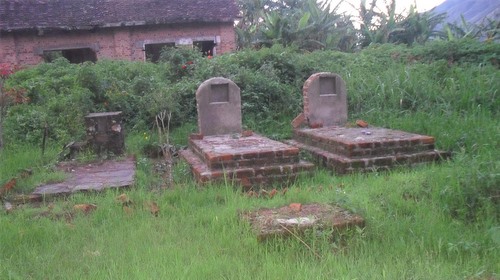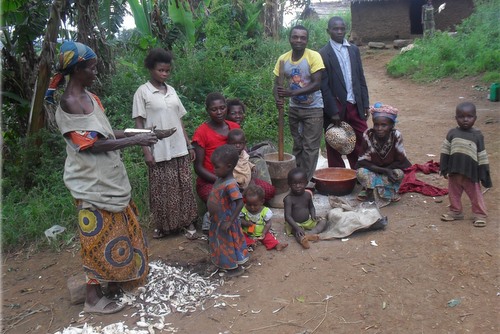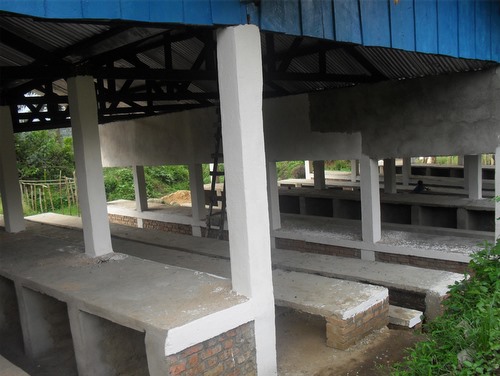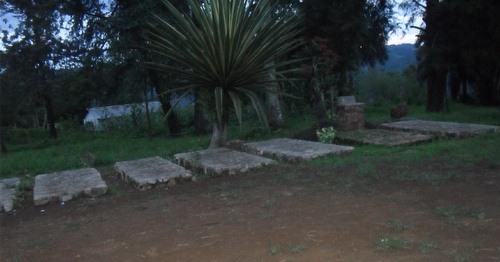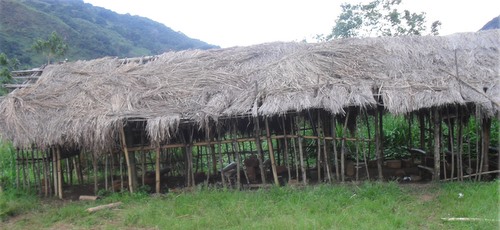The village of Kasika is infamous throughout DR Congo for the massacre which took place there in 1998 during the war with the RCD armed group. I have wanted to visit the village in the past, but have never have not been able to visit until now, when I heard that the village had begun important peacebuilding efforts. The location of Kasika is rather dangerous but the chance to see this important peacebuilding and reconciliation work made me determined to visit.
The Massacre at Kasika
After the 1994 genocide in Rwanda, many Hutu rebels (‘Interahamwe’) came to live in the forests near Kasika. In 1996 the Tutsi Rwandan forces in DR Congo, along with their allies the Banyamulenge, began to seek out and attack these Hutu militia. It was during this campaign that the massacres of Kasika, Makobola and Tingi tingi took place, leaving a permanent mark of terror on the minds of those who had lived there.
The massacre in Kasika occurred on 24 August 1998. As Mr Kakozi Milenge, the director of the primary school recalls:
"It was a dark night which changed the history of our land and our people. We lost our hope upon seeing the ‘Mwami’ (traditional leader) killed together with the members of the royal court. Nothing like that happened before in our tribe. The heart of the land was grieved. That night the Banyamulenge soldiers became our number one enemies…."
Mr Milenge is referring to the death of Mwami François Mubeza III, traditional leader of Kasika, who was killed together with the members of the royal court and more than 100 others, including Catholic sisters and priests.
The Royal Tombs in Kasika.The Conflict for Royal Succession
Unfortunately, after the tragedy of the massacre in Kasika, a second conflict developed, over succession to the royal seat Mwami François Mubeza III. His death, along with all the members of his direct family meant that there was no clear successor. The wise men of the tribe decided that the successor should be one of François’ two cousins; Shalu and Nyumba Mugoma. When the wise men were unable to agree on a successor a deadly quarrel arose between the followers of the two men. Eventually Nyuma Mugoma, who named himself Mubezi IV, chased away Shalu, who then established headquarters in the forest of Mitumba, where he and his followers still live today. The entire tribe is now divided according to support for each of the cousins.
The aftermath of the two conflicts
According to Mr Kakozi Milenge Félicien, the director of the local primary school, “Nothing serious was done to manage the first conflict which was brought into opposition the Nyindu and Lega tribes and the Banyamulenge. Only time has been helping to take out the scars in the heart of the people”.
Asked about the tension now, Mr Félicien said that “With the passing of time, we have learned to forget. But we still wait to see if some representatives of Banyamulenge will come one day to ask forgiveness to the members of our tribe who are willing to forgive them”. Asked if he believed members of the tribe would be willing to forgive them, he said “our territory shares limit with the Banyamulenge. We have our people doing business with them, we are condemned to live together, we need to make peace, it is important”.
The Conflict for Succession
The conflict between the followers of Shalu and Mugoma continues and many are worried that this conflict could violently erupt in the future. I approached Mr Makindu Bulambo (member of the Federation of Intellectuals of Kasika Association) who told me that “It is even said that Shalu who took refuge in the forest continues to recruit followers among Kasika people to join his cause. We are afraid that one day this village will be under fire again. We would like churches and peace building organisations to help us reconcile these two people. Nothing significant is done here to help us. Many people have left the village because of this problem. They prefer to live somewhere else.”
The Current Outlook
The consequences of these conflicts and lack of conflict management have been severe. National and international aid agencies are unwilling to invest in the village’s development due to fears over the potential escalation of the conflict. As such the church-built Itombwe Primary School’ remains uncompleted. The school’s original director and many teachers ran away during the battle of succession. It remains a shell of a building; with no desks, tables or chairs. Additionally many families fled Kasika after the massacre, and according to Mr Makindu Bulambo those who are educated are unwilling to return.
Taking Steps Forward
 There is however, some positive news. Whilst in Kasika I learnt about the work of an organisation called “Ibutwa”, which means “brotherhood”. Ibutwa recently built a common market which is helping people to talk to each other and start doing business again. It is hoped that this common market will help end many tensions among the people. Many of the followers of both cousins are now talking to each other; greeting each other, and sharing again because of this market.
There is however, some positive news. Whilst in Kasika I learnt about the work of an organisation called “Ibutwa”, which means “brotherhood”. Ibutwa recently built a common market which is helping people to talk to each other and start doing business again. It is hoped that this common market will help end many tensions among the people. Many of the followers of both cousins are now talking to each other; greeting each other, and sharing again because of this market.
More efforts like this can help bring peace to Kasika. If young people can play football together, or organise music festivals, and we can trade together, peace may once again be found in Kasika.
Flory Kazingufu, Insight on Conflict DR Congo Local Correspondent. 27 May 2010. Our sincere gratitude to Mr Achile who accepted to go with us and whose service was helpful during the trip to Kasika and everywhere we visited. He also was my interpreter and guide.
To read more about the massacre in Kasika please follow the links below:
- Report by the Canadian Centre for Teaching Peace
- BBC News report of the massacre
- UNHCR report on Human Rights in DR Congo (including a section on the events in Kasika)
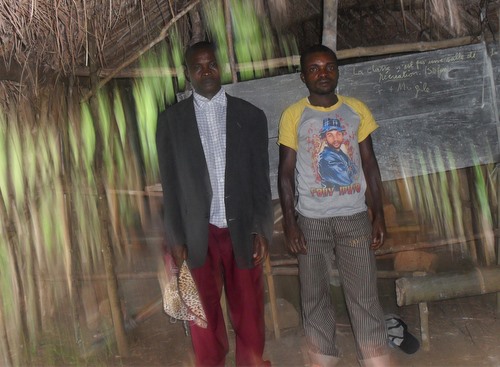 Life remains hard for the inhabitants of Kasika, with few options for income.
The market that residents hope with contribute to reconciliation.
Many priests and nuns were amongst those killed. These are their graves.
The school building, destroyed during the conflict.
Life remains hard for the inhabitants of Kasika, with few options for income.
The market that residents hope with contribute to reconciliation.
Many priests and nuns were amongst those killed. These are their graves.
The school building, destroyed during the conflict.




